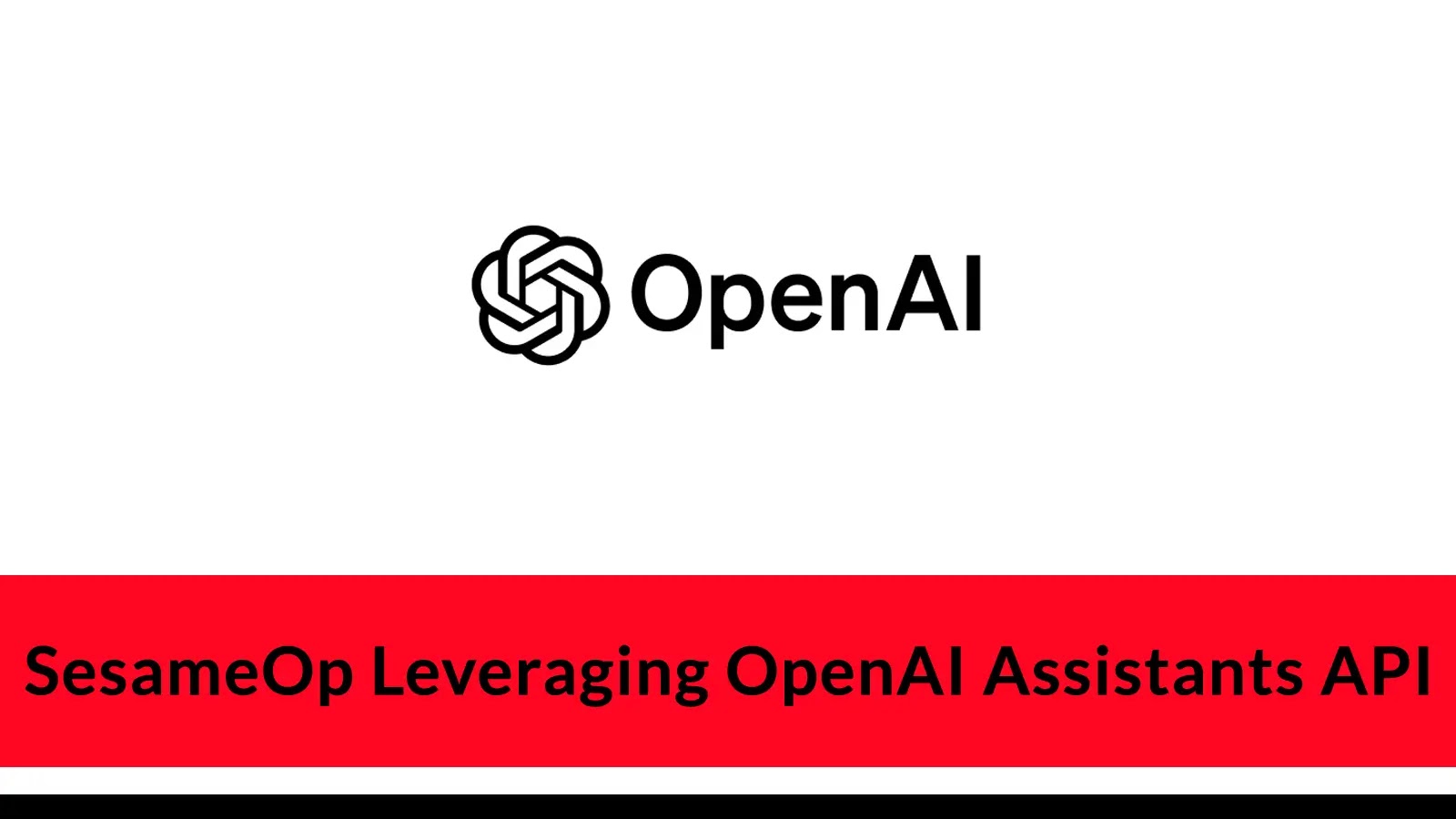
SesameOp Leveraging OpenAI Assistants API for Stealthy Communication with C2 Servers
The cybersecurity landscape just became a lot more challenging. A sophisticated new backdoor, dubbed SesameOp, has emerged, taking command-and-control (C2) communications to an unprecedented level of stealth. This isn’t just another piece of malware; it fundamentally reshapes our assumptions about how threat actors can exploit legitimate cloud services for covert operations. Discovered in July 2025 by Microsoft’s Incident Response and Detection and Response Team, SesameOp leverages OpenAI’s Assistants API, effectively blending its malicious traffic with legitimate API calls, making traditional detection methods incredibly difficult.
SesameOp: A New Paradigm for C2 Communications
For years, cybersecurity professionals have honed their skills in identifying suspicious network traffic patterns, atypical DNS queries, and unusual data exfiltration attempts. SesameOp, however, bypasses many of these established defenses by integrating directly with a widely trusted, legitimate cloud platform: OpenAI’s Assistants API. Instead of creating its own distinct network signature, the malware camouflages its communications as ordinary interactions with AI services. This technique is a game-changer, moving beyond conventional C2 channels and into the realm of legitimate infrastructure abuse.
How SesameOp Exploits OpenAI Assistants API
The core innovation of SesameOp lies in its ability to leverage the OpenAI Assistants API as a communication conduit. Here’s a simplified breakdown of the likely mechanism:
- The compromised system, infected with SesameOp, makes API calls to OpenAI, ostensibly to interact with an AI assistant.
- These calls are not for genuine AI tasks but rather contain encrypted or subtly encoded commands from the C2 server within the API request parameters or even cleverly crafted “prompts.”
- The C2 server, acting as the “assistant,” receives these requests, processes them, and returns “responses” that contain further instructions or exfiltrated data, again hidden within the legitimate API response structure.
This method offers several advantages to the attackers: it blends in with legitimate traffic, utilizes encrypted channels provided by the API itself, and leverages the high availability and global reach of OpenAI’s infrastructure. It significantly elevates the bar for detection, as security solutions would need to differentiate between legitimate AI interactions and malicious ones, a task complicated by encryption and the sheer volume of genuine API traffic.
The Challenge to Traditional Security Defenses
The emergence of SesameOp highlights critical limitations in current security postures:
- Signature-Based Detections: Traditional network signatures are largely ineffective against traffic that mimics legitimate API calls to major cloud providers.
- Behavioral Analytics: While behavioral analytics might flag unusual activity on an endpoint, identifying the C2 communication itself within encrypted OpenAI traffic is a significant challenge.
- Firewall Rules: Blocking access to OpenAI is often not feasible for organizations that legitimately use AI services, making granular filtering extremely difficult.
- Cloud Security Posture Management (CSPM): While CSPM helps secure cloud configurations, it doesn’t intrinsically monitor the content of legitimate API calls for malicious intent.
Remediation Actions and Proactive Defenses
Addressing threats like SesameOp requires a multi-faceted and proactive approach, shifting focus from merely blocking known bad to understanding and monitoring legitimate services for abuse.
- Enhanced Endpoint Detection and Response (EDR)/Extended Detection and Response (XDR): Prioritize solutions that offer deep visibility into process activity, API calls made by applications, and anomaly detection at the endpoint level. Look for unusual application behavior making API calls to AI services.
- Network Traffic Analysis (NTA) with Layer 7 Visibility: Invest in NTA tools that can decrypt and inspect legitimate SSL/TLS encrypted traffic (where permissible and technically feasible) to identify anomalies within API payloads, even if they’re directed at trusted services.
- API Security Gateways: Implement API security gateways that can monitor and potentially inline inspect API requests and responses to OpenAI and similar services for suspicious patterns or unusual data encoding.
- Zero Trust Architecture: Reinforce zero-trust principles. Assume no system is inherently trustworthy, even when communicating with legitimate cloud services. Verify explicitly, grant least privilege access, and continuously monitor.
- Threat Intelligence and Behavioral Indicators: Stay updated on emerging threats and their tactics, techniques, and procedures (TTPs). Develop and refine behavioral indicators of compromise (BIOCs) specific to legitimate service abuse.
- User and Entity Behavior Analytics (UEBA): Leverage UEBA solutions to detect unusual API consumption patterns or data exfiltration attempts linked to specific users or devices, even if the traffic appears legitimate.
- Employee Training: Educate employees about the risks associated with sophisticated phishing and social engineering techniques that could lead to initial compromises.
The Road Ahead: Adapting to Evolving Evasion Techniques
SesameOp serves as a stark reminder that threat actors will continuously innovate, exploiting legitimate infrastructure and services in novel ways. The move towards leveraging widely adopted cloud APIs for C2 is a natural evolution, given their ubiquity, robustness, and the inherent trust placed in them. Cybersecurity professionals must adapt by enhancing visibility into application-level behavior, evolving detection capabilities beyond mere network signatures, and adopting a proactive mindset to anticipate and counter these increasingly sophisticated evasion techniques. The battle for digital security is fought not just on network perimeters, but within the very fabric of our interconnected cloud services.





